Jump to:
According to a study, nearly 70% of ponds have been lost from the UK countryside. As a result, the importance of garden ponds and water features for wildlife have increased — making it as one of the most important and attractive features in any wildlife-friendly garden.
Furthermore, widllife ponds aren’t just essential for biodiversity, in fact, they also support an immense number of plants and animals — from tiny critters to large mammals. Building a pond can offer them with their basic needs, such as food, water, and shelter.
1. Garden Ponds for Wildlife

Any size pond is crucial to wildlife. However, a large pond is more likely to invite the presence of waterfowl, including moorhens, coots, and mallard ducks.
A wildlife pond also offers you an opportunity to plant aquatic plants, such as water forget-me-nots, flote-grass, watercress, and water speedwell — giving your garden a greater variety of flora.
2. Wildlife to Attract to Your Pond
Summer

- A flock of birds such as starlings to bathe, foxes to drink, and sparrows and pipistrelle bats to feed on their abundant insects.
- Dragonflies
- Bugs who live on the surface of a pond.
- Backswimmers
- Daphnia water fleas
Winter

- Newts and Frogs
- Great pond snails
- Dragonfly nymphs
- Water hog-lice
3. The Ideal Season to Work on Wildlife Ponds
While having a wildlife pond in your garden space is an excellent investment throughout the year, our experts have listed the certain seasons that are best for undertaking work.
Mid-Spring to Early Summer

If you’re looking for the best time for planting, our garden experts recommended starting planting in mid-spring to early summer as the water will begin to become warm and plants commencing growth.
Autumn and Winter

Autumn is the least damaging time for pond maintenance while both seasons are ideal for pond construction.
4. The Best Plants for Your Wildlife Pond

- Curled pondweed
- Mare’s tail
- Watermilfoil
- Water-starwort
- Yellow water lilies
- Bur-reed
- Flowering rush
- Great spearwort
- Water plantain
- Water speedwell
- Yellow flag
5. How to Design and Build a Wildlife Pond
Choosing the Right Feature for Your Garden
Container Water Feature

This type of water feature is perfect for courtyard or patio gardens. Once the drainage holes have been plugged, you may add stone troughs, old sinks, or even glazed or plastic pots.
For your container water feature, the minimum water depth is 20-30cm or 8in-1ft, giving you an extra space to add a few plants in the pond.
Child-Proof Water Feature

If you have small children that are at risk, you may opt for a bubble fountain or birdbath that has a thin film of water. Don’t worry as this kind of water feature will still attract and invite birds to your garden.
Cascading Stream

Ideal for more extensive gardens, installing a waterfall is sure to add an extra dimension to the beauty of your water garden as well as increasing the diversity of wildlife.
6. How to Build a Wildlife Pond

Here’s a step by step guide on how to build a wildlife pond, courtesy of Wildlife Trusts.
Materials you’ll be needing:
- A big patch of garden
- A plank of wood
- Pond liner (made of butyl rubber)
- A variety of pond plants
- Large rocks
- A spirit level
- Builder’s sand
- A spade or mini-digger (this depends on how big your pond will be.)
- Water (use rainwater for best result.)
Step 1
Placing your pond in a warm, sunny area can be the ideal spot for wildlife such as dragonflies, tadpoles, and even plants as they can survive in these conditions.
Before you begin digging, make sure to mark out your pond first on the ground with the use of rope or hosepipe. By using a spirit level on top, make sure that the sides are level.
Tip: Don’t forget to include some shallow areas in your pond.
Step 2
Make sure there are no sharp stones left from the bottom of the hole. To line the hole, put down a five cm-thick layer of sand to line the hole.
Experts prefer using sand as it is sterile, but you may also opt for an old carpet, newspaper or even loft insulation material.
Step 3
For the overhanging pond liner, dig a trench around the edge of the pond. Then carefully place the liner in the hole and tuck the corner into the trench; weigh it down with large rocks.
Step 4
Fill out the bottom of the pond with the remaining sand.
Step 5
You may start filling the pond up. If possible, you may use collected rainwater, or fill from the tap with a hose.
If you are using a hose, the sand will likely scatter and to prevent that from happening, rest the nozzle of the hose on a plastic bag to absorb some of the energy. On the other hand, if you’re planning to fill your pond with tap water, it might turn green due to the minerals.
Expect the liner to stretch as the pond fills up. Backfill the trench around with soil. And as it’s filling, you may place soil, turf or flagstones over the exposed liner at the pond edges.
Tip: Don’t leave areas of uncovered liner exposed for too long, particularly if you used butyl liner as they degrade in sunlight.
Step 6
While it can be exciting to add plants to your pond, ensure that chlorine and fluoride have evaporated before introducing them. With that, wait for approximately 1-2 weeks.
Step 7
Place stones, logs and plants around the corners to provide the visiting creatures with habitats.

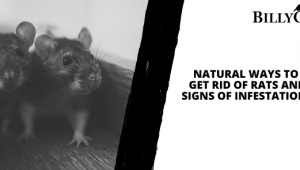
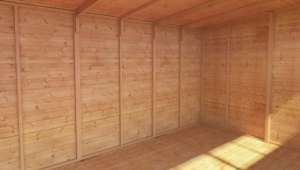

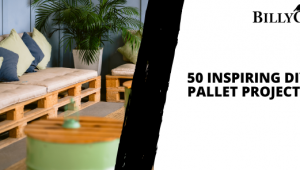
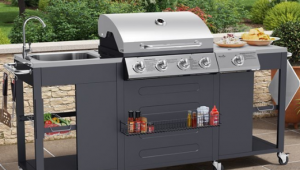
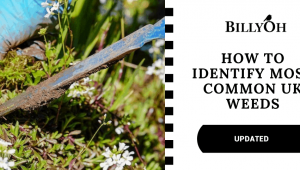
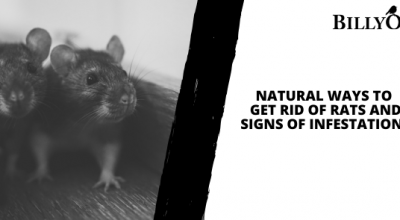
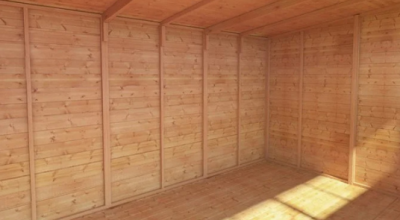
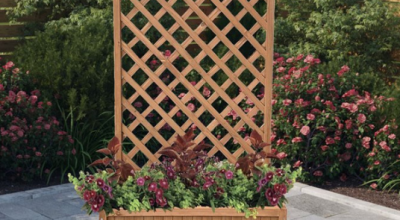
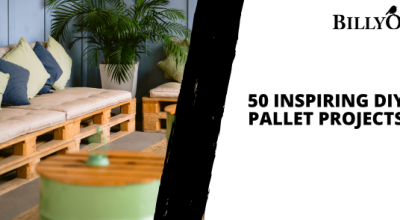
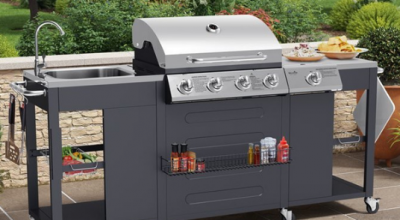
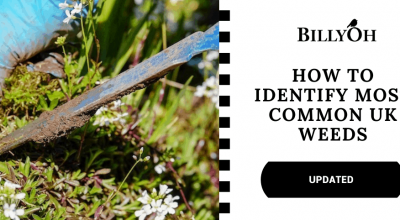
What do you think ?